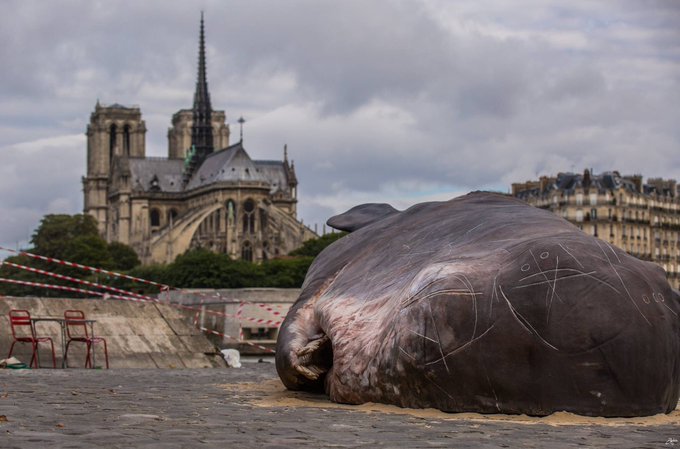Heartbreaking footage has revealed how sloths are captured before they are hauled off into the wildlife selfie trade. The undercover video was taken in Iquitos, Peru, and it shows illegal loggers cutting down a tree in order to capture a sloth, all so tourists can take selfies with it.
Male sloths normally stay in the same tree for their entire life, whilst female sloths move after giving birth, leaving the tree for their offspring.
After being removed from the tree, the sloth was then taken to Belén market to be sold, surprisingly it was sold at $13.
World Animal Protection released the video, Take a look make action when possible







































